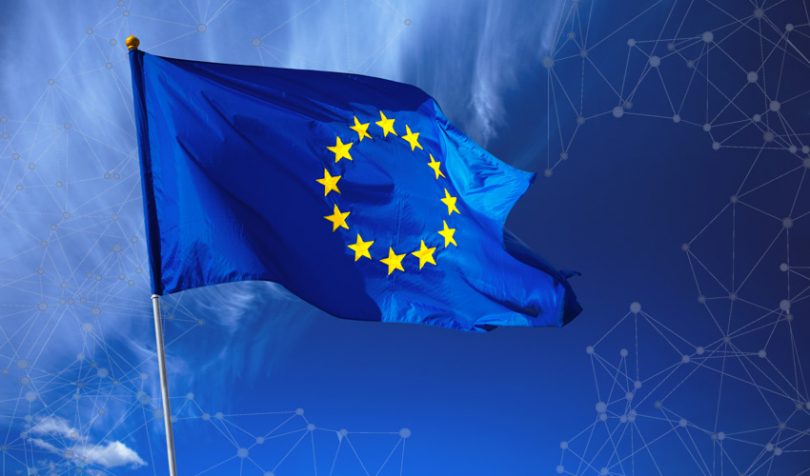Last week, the European Parliament announced an agreement with the European Council on a pilot program to allow financial markets to use blockchain. There are still a couple of significant steps before it gets the official green light, including the parliamentary vote, meaning the final approval will likely be March 2022 at the earliest. An update has been added with more details about the timescale.
Formally named the “Pilot regime on distributed ledger technology market infrastructures“, it applies to the tokenization of conventional financial instruments such as stocks, bonds and UCITS, the European version of mutual funds. Regulation of other crypto-assets such as stablecoins and cryptocurrencies is covered by the draft MiCA legislation.
Under the sandbox program, certain existing legal requirements are temporarily waved, subject to limits. For example, it can apply to a stock issuance, ETFs or UCITS up to €500m ($565m), bonds up to €1 billion ($1.1bn) and corporate bonds up to €200m ($225m) with an overall limit of €6 billion ($6.77bn) for any financial market infrastructure (FMI).
“DLT can bring a number of potential benefits in the provision of financial services, including reduced complexity, improved end-to-end processing speed, strengthened network resilience, and reduced operational and financial risks,” said the lead MEP Johan Van Overtveldt. “At the same time we managed to build in sufficient safeguards to maintain financial stability, market integrity and a level playing field.”
The pilot isn’t purely limited to incumbents. Newcomers are allowed to participate but must comply with the same rules as regulated entities, proportionate to their businesses risks.
Three types of FMIs will be allowed, including DLT based trading venues, settlement services, and those combining both sets of functionality.
Why a sandbox is needed
A number of existing EU legal rules mean blockchain-based operations are sufficiently restrictive that some of the benefits are lost.
For example, existing legislation requires separating trading venues and post-trade operations, including settlement and central security depositories (CSDs). Within the pilot DLT regime, this functionality doesn’t have to be split because with blockchain infrastructures, the two are often combined. However, the EU was keen to emphasize the pilot program should not be seen as a precedent to review this split.
Another current legal requirement is that stock markets and other trading venues only deal with institutions and not retail investors. Hence an intermediary model of brokers is built-in, which is very different from the P2P environment offered by blockchain. The pilot program allows retail investors to access the DLT platform directly but provides consumer protections. One example is the platform provider is financially responsible for hacking and cyber attacks. That’s a big contrast to the current status quo in the world of cryptocurrencies.
The pilot program also allows for different forms of settlement. While it’s preferred that payment is made using central bank money, it will also allow “settlement coins” defined as tokenized commercial bank money and “e-money tokens” or fiat-backed stablecoins.
One example of a European stock market moving in this direction is the Deutsche Börse. In October, it announced a new digital post-trade platform D7. While the CSD will be digital, it is still centralized but plans to integrate with blockchain platforms to enable delivery versus payment.
Meanwhile, Switzerland’s SIX Digital Exchange launched earlier this month with the issuance of a tokenized bond.
Timescales
As mentioned there’s a few steps before final publication of the approved regulation including translation into several languages and votes. That’s not likely to happen before February or March 2022, and the regulation will take effect nine months after publication in the Official Journal.
The pilot regime will be for three years, down from an original five year term in earlier drafts. However, it can be renewed for a further three years or even made permanent if amending legislation is passed. ESMA has to provide a report after each three year term and a decision to extend or modify the regime will be based on the report.
Update: details about the timescales have been added






